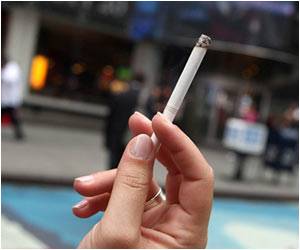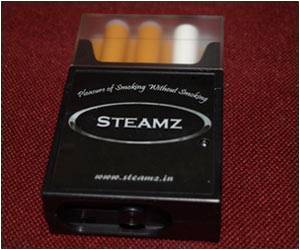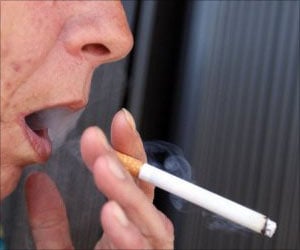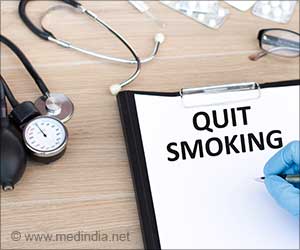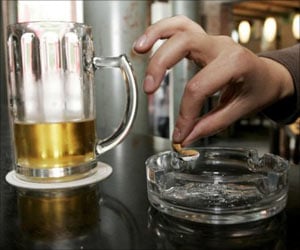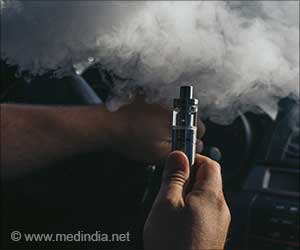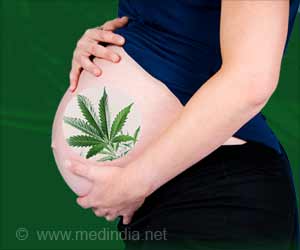There is not much evidence to conclude about the response of US illicit tobacco market for changes like, lowering nicotine content, says a report from the National Research Council and Institute of Medicine.
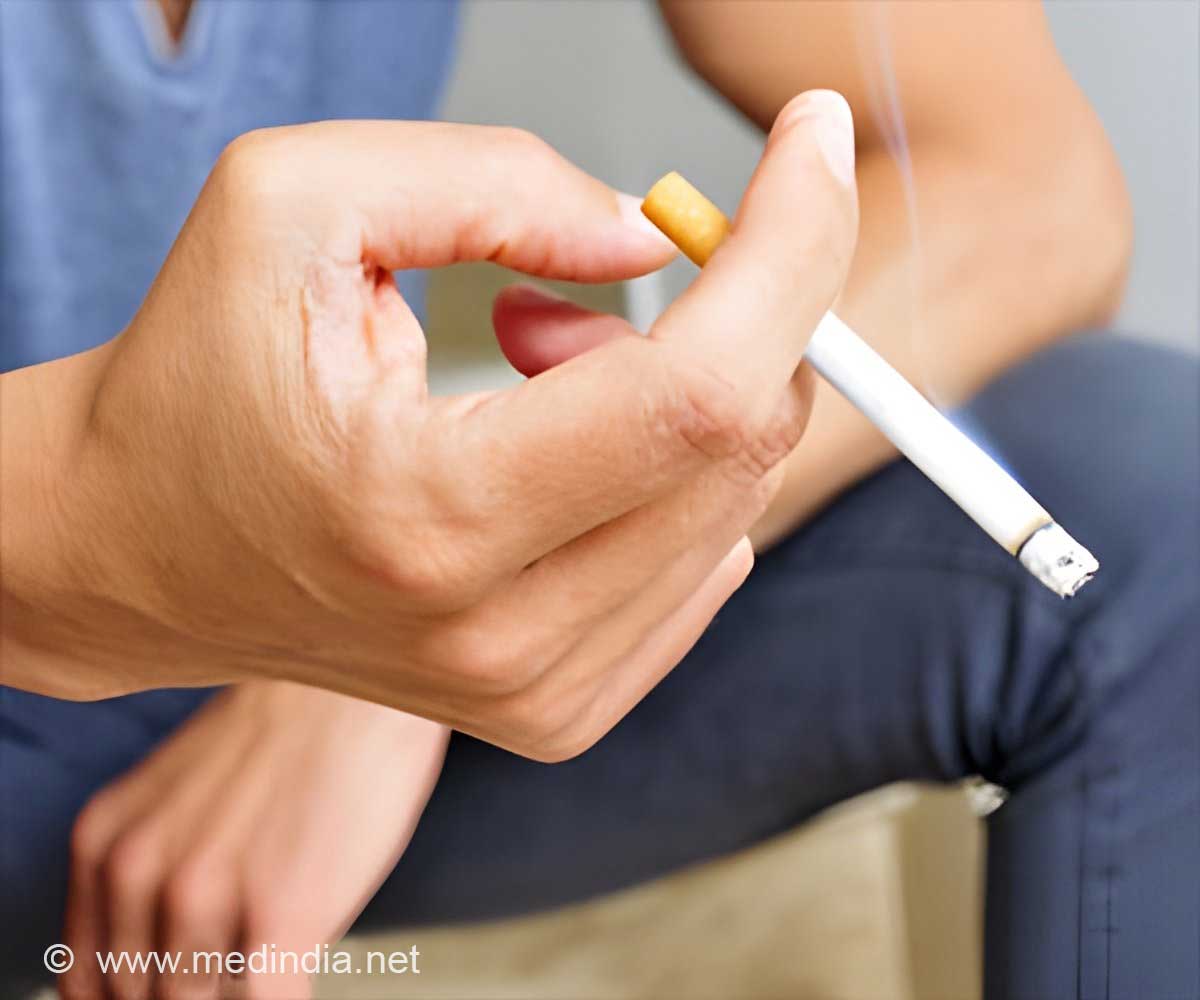
Illicit tobacco markets can undermine public health efforts to reduce tobacco use, while depriving governments of revenue. In the United States, the revenue losses are borne mostly by the states.
As the U.S. Food and Drug Administration considers possible regulations for tobacco products, the agency asked the National Research Council and the Institute of Medicine to examine the U.S. and international markets for illicit cigarettes and the evidence on how illicit markets react to various policies and regulations.
Currently, the U.S. illicit tobacco market primarily consists of bootlegging from Native American reservations and low-tax states, such as Virginia, to high-tax states, such as New York. Bootlegging is the legal purchase of cigarettes in one jurisdiction and their consumption or resale in another, without the payment of applicable taxes or duties in the jurisdictions where they are resold. Large-scale international smuggling, counterfeit cigarettes, and "illicit whites" - cigarettes legally produced under unique brand names or no brand name - which are prevalent in many other countries, are largely absent from the U.S. market, the report says.
The portion of the total U.S. tobacco market represented by illicit sales is between 8.5 percent and 21 percent, or 1.24 billion to 2.91 billion packs of cigarettes annually, concluded the committee that conducted the study. This share has nearly tripled over the past two decades.
The illicit tobacco market is not evenly distributed across states: it may constitute as much as 45 percent of all tobacco sales in high-tax states, such as New York, while it is low in many other states. The committee classified 22 states and the District of Columbia as net exporters, and 28 states as net importers. In 2011 the net importing states lost an estimated $2.95 billion in state and local cigarette excise taxes, with New York accounting for nearly half of this total. The net exporting states gained an estimated $0.82 billion.
Advertisement
Enforcement efforts are challenged by the changing nature of illicit tobacco markets, the need to coordinate across various agencies and levels of government, and the fact that illicit tobacco trade has been a low priority. Law enforcement efforts to investigate the illicit trade tend to be weak and uneven, and criminal prosecution of those involved is a low priority for prosecutors. Although the committee was able to obtain only limited information on enforcement activity and successes by agencies, it concluded that the risks of detection and prosecution for tobacco smugglers are small.
Advertisement
"In the future, non-price regulation of cigarettes - such as product design, formulation, and packaging - could, in principle, contribute to the development of new types of illicit tobacco markets if incentives for such illicit trade are not controlled or mitigated," said Peter Reuter, committee chair and professor in the school of public policy and department of criminology at University of Maryland. "However, based on the limited available evidence we reviewed, if new regulations were introduced, any increase in the demand for illicit tobacco may only be modest."
In trying to assess the possible effects of regulations on the illicit market, the committee examined experimental studies on how modifying cigarettes might affect their product appeal for consumers. Such modifications as reducing ignition capacity--requiring that cigarettes extinguish when not actively puffed--and decreasing filter ventilation have shown only modest impact on product appeal when considered in isolation from other product features. Reducing nicotine levels or mentholation has been shown in experimental studies to have a stronger effect on reducing product appeal. Behavioral responses to reduced nicotine or mentholation have been mixed in short-term studies, with some smokers indicating that they intend to quit while others are able to tolerate product changes with little to no change in individual cigarette consumption.
Cigarette packs with large graphic warning labels or in plain packaging have also been shown to reduce product appeal. In countries that have implemented regulations on packaging, some smokers have been observed to use stickers or branded containers to conceal graphic health warnings - strategies that subvert the intent of the law to reduce tobacco use, but which are an alternative to purchasing illicit products.
In order to better understand the nature of existing illicit tobacco markets and the ways they may evolve in the future, additional research and data are needed across a broad range of areas, including deeper knowledge on the individual and criminal networks that traffic in illicit tobacco in the U.S., an examination of how smokers respond to the permanent loss of specific product features they previously found desirable, and the relationship between e-cigarette use and the use of conventional tobacco products.
Source-Medindia


